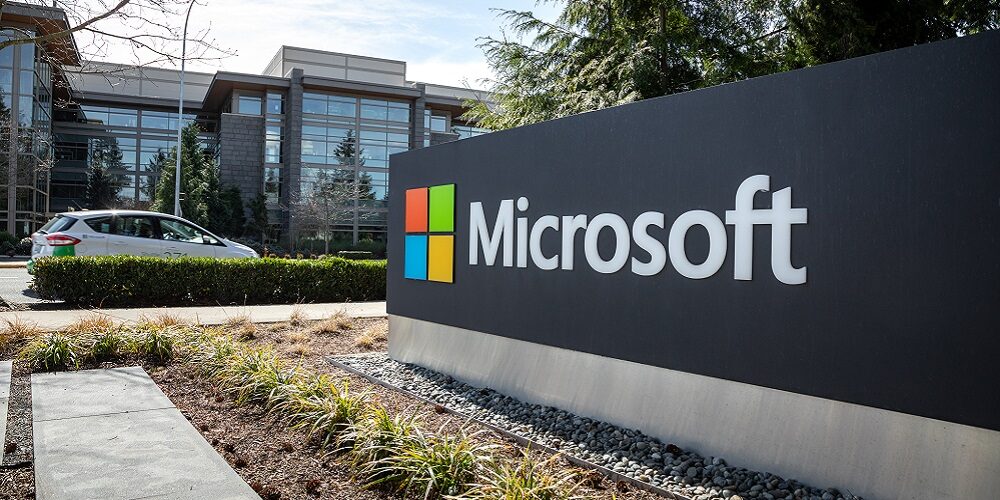Microsoft has released more features in Endpoint Manager to make it easier to manage macOS devices and their critical line of business apps, make the reporting experience more accurate and consistent and increase security for Windows and Windows Server.
According to the company, it has had frequent requests from customers with a large number of macOS devices, which have spurred recently released features in Endpoint Manger designed for organizations with a large inventory of macOS devices.
The features announced this week are part of the company’s March release for Endpoint Manager and feature yet another macOS tool, this one designed to simplify app management workflows that enables admins to upload PKG installers directly to the admin console without requiring the Intune app wrapping tool for Mac.
Microsoft says the necessary app metadata is automatically extracted and shown to admins for review. This means that admins looking to deploy PKG-type installers to managed Macs, or IT admins without access to a Mac, can focus on more valuable tasks rather than app deployment workflow.
Also new for macOS in Endpoint Manager is the ability for admins to uninstall certain assignments to the macOS app workflow. This comes after Microsoft recently added the ability to uninstall DMG files from within Endpoint Manager.
According to Microsoft, this allows IT admins to remove apps more easily from managed Macs via Endpoint manager, enabling them to remove the listed app or a specific version of the listed app in the macOS app profile. This eliminates the need to write specific scripts to remove apps and enables admins to remove specific versions of an app that may have vulnerabilities or are not allowed on company-owned devices.
Microsoft is also updating the reporting capabilities in Endpoint Manager, including a new reporting experiences for device configuration profiles and endpoint security templates via a new, sleeker overview chart that updates as devices and users check in.
The new experience comes with three reports of interest in the per policy view, including device and user check-in status, device assignment status and per setting status. In addition, admins will see more drilldowns, additional assignment filters and a further report for certificates.
Other improvements include converging multiple policy experiences onto the same infrastructure, new Endpoint Security policy templates and adding Google Chrome settings to the Settings Catalog and Administrative Templates, removing the need for custom OMA-URI to install and configure Chrome settings.
Learn more about these features in this Tech Community blog.
If you enjoyed this article and want to receive more valuable industry content like this, click here to sign up for our digital newsletters!










Leave a Reply